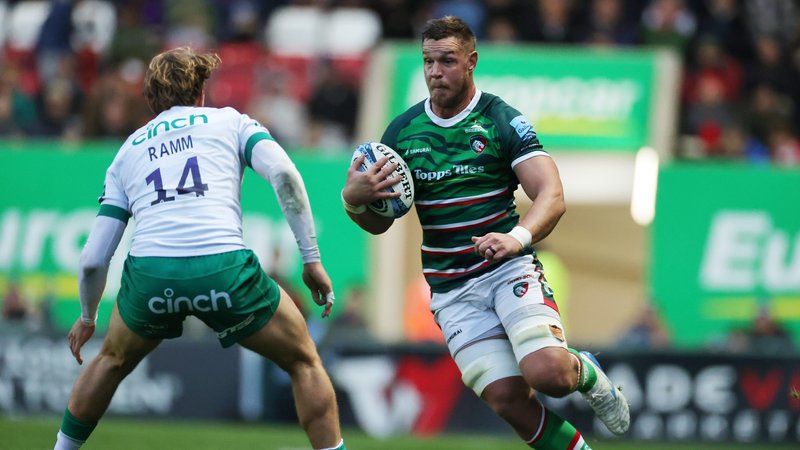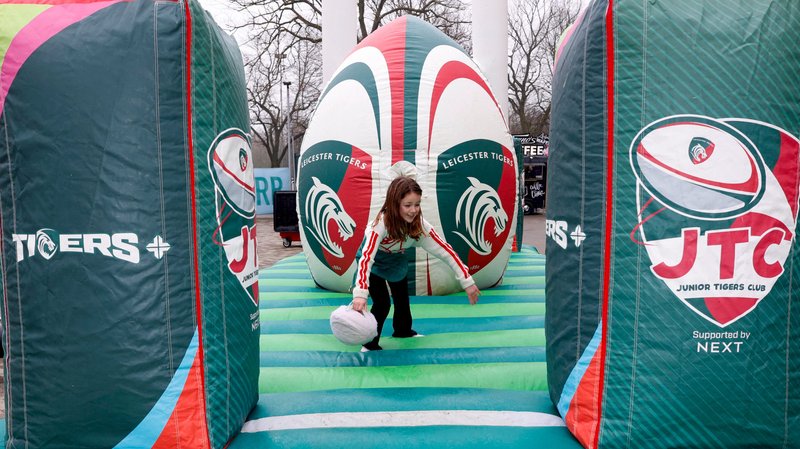If scores are tied at full-time in any of the European Challenge Cup knockout rounds, then 20 minutes (two periods of 10 minutes) of extra time will be played.
At the end of extra time, if the scores are still level, then the winners will be team which has scored the most tries in the game, including extra time.
If the teams are level on points and tries, then the winners will be determined by a place kicking competition as follows:
- Each team will be asked to nominate three goal-kickers from the players on the pitch at the final whistle.
- No substituted or dismissed player will be permitted to take part.
- The end at which the competition takes place will be determined by toss of a coin.
- The team to kick first will also be determined by a toss of a coin.
- Each kicker will have two kicks from designated positions on the 22 and 10 metre lines and, after each team has completed their six kicks, a winner will be declared.
- If the teams remain deadlocked, the competition will continue on a sudden-death basis.
Place-kicking competition
All players and match officials remain on the pitch. The referee will call the captains together and conduct two coin tosses, to decide the end at which all place-kicks are taken and order of kicking. The same team can win both tosses.
Each team nominates three players before the match officials and the six nominated players assemble on the halfway line. Coaching and medical staff and non-nominated players remain in their respective technical zone.
The three players from each team kick in the order and from the positions set out below:
- Kicker 1 from Team A first to take his kick from Position 1, on the 22-metre line in a central position.
- Kicker 1 from Team B as above.
- Kicker 2 from Team A from Position 2, at the junction of the 15-metre and 22-metre lines on the right side of the pitch.
- Kicker 2 from Team B as above.
- Kicker 3 from Team A to take his kick from Position 3, at the junction of the 15-metre and 22-metre lines on the left side of the pitch.
- Kicker 3 from Team B as above
- Kicker 1 from Team A to take his kick from Position 4, on the 10-metre line in a central position.
- Kicker 1 from Team B as above
- Kicker 2 from Team A to take his kick from Position 5, at the junction of the 15-metre and 10-metre lines on the right side of the pitch.
- Kicker 2 from Team B as above.
- Kicker 3 from Team A to take his kick from Position 6, at the junction of the 15-metre and 10-metre lines on the left side of the pitch.
- Kicker 3 from Team B as above.
After each of the three players from each team has taken his two kicks, the referee will declare the winning team based on the number of successful kicks.
If there is an equal number of successful kicks, the competition continues a 'sudden death' basis. All kicks will take place from Position 4 and will take place in the following order:
- Kicker 1 from Team A then Kicker 1 from Team B
- Kicker 2 from Team A then Kicker 2 from Team B
- Kicker 3 from Team A then Kicker 3 from Team B.
The competition will continue two kicks at a time (one from each team in the order set out above) until one player succeeds and the player from the other team taking the corresponding kick misses.
Throughout the place-kick competition:
- Once a player has positioned the ball on the kicking tee, he must take the kick within one minute. Should he take longer, the referee shall declare the kick unsuccessful.
- Whether or not the kick is successful is the sole decision of the referee, who may at his sole discretion rely on the assistance of his assistant referees.
- If a selected kicker becomes injured, he may be replaced by another player who was on the pitch at the end of extra-time.







